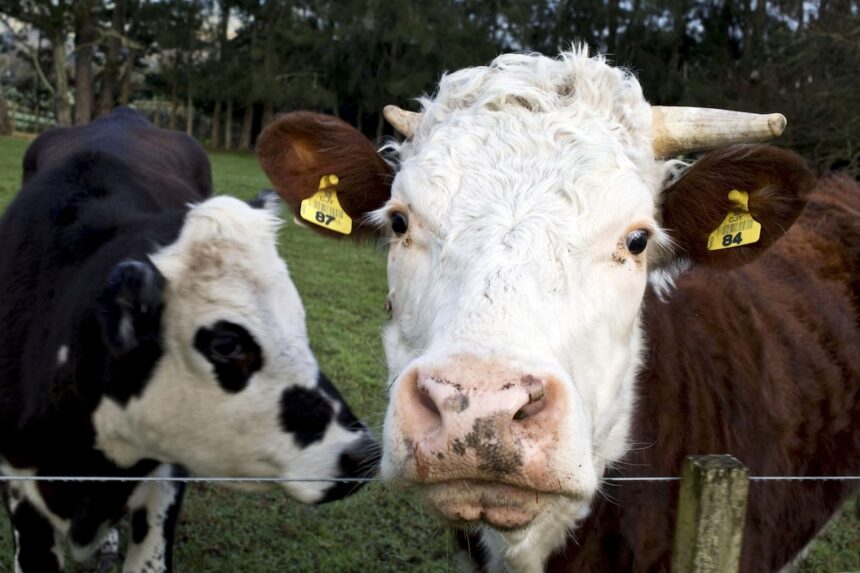In a strategic move that signals shifting priorities in global trade relations, Canada has offered significant dairy market concessions to New Zealand, marking a potential turning point in trans-Pacific commerce. The agreement, finalized yesterday after months of intensive negotiations, will gradually increase New Zealand’s access to Canada’s closely guarded dairy sector—a development that comes as Canada faces mounting pressure from Washington to address its protective agricultural policies.
“This agreement represents a balanced approach to expanding trade while respecting the sensitivities of our dairy sector,” said Mary Ng, Canada’s Minister of International Trade, during the signing ceremony in Wellington. “We’re creating new opportunities for producers on both sides of the Pacific while maintaining the integrity of our supply management system.”
The deal grants New Zealand dairy producers an additional annual quota of 35,000 tonnes for various dairy products entering the Canadian market, phased in over eight years. This represents approximately 3.5% of Canada’s current domestic dairy production—a modest but meaningful opening that agricultural economists suggest could introduce more competitive pricing for Canadian consumers while providing New Zealand’s export-driven dairy industry with valuable new market access.
For New Zealand, a country where dairy accounts for nearly 20% of total exports, this agreement delivers tangible benefits. “This is about securing fair access to markets where our producers can compete on relatively equal terms,” explained Damien O’Connor, New Zealand’s Minister for Trade. “Our farmers produce some of the world’s most sustainable dairy products, and this agreement acknowledges that quality while opening doors previously closed to us.”
The timing of this agreement is particularly significant given the broader geopolitical context. The Biden administration has recently intensified criticism of Canada’s dairy policies, which it claims violate provisions of the United States-Mexico-Canada Agreement (USMCA). U.S. Trade Representative Katherine Tai has specifically targeted Canada’s allocation of tariff-rate quotas, suggesting they unfairly benefit Canadian processors at the expense of American exporters.
Industry analysts view this New Zealand deal as potentially strategic. “Canada may be demonstrating its willingness to gradually reform its dairy market access policies, but doing so with a smaller trading partner first,” said Sylvain Charlebois, director of the Agri-Food Analytics Lab at Dalhousie University. “This creates a precedent they can point to in negotiations with the U.S. without immediately conceding to their larger demands.”
The agreement has predictably drawn mixed reactions domestically. The Dairy Farmers of Canada expressed concerns about the long-term implications for the supply management system, which has historically protected Canadian dairy farmers from international competition. “Each new concession erodes the stability our farmers depend on,” said Pierre Lampron, president of the organization. “While the impact of this particular agreement may be manageable, we worry about the cumulative effect of multiple trade deals.”
Consumer advocates and business analysts, however, have welcomed the move, suggesting it could ultimately lead to more product variety and potentially better prices for Canadian shoppers. The Competition Bureau of Canada estimates that even this modest market opening could reduce dairy prices by 3-5% in certain product categories over the next decade.
Beyond dairy, the agreement also includes provisions for increased digital trade, environmental cooperation, and indigenous business development—areas where both Canada and New Zealand have sought to position themselves as progressive trade leaders on the world stage.
The implementation timeline shows initial quota increases beginning next year, with the full 35,000-tonne allocation reached by 2031. Both countries have emphasized that the gradual phase-in is designed to allow producers time to adapt to the new market conditions.
As global trade patterns continue to evolve amid rising protectionist sentiments, will this agreement represent a one-time accommodation to a valued Commonwealth partner, or does it signal the beginning of a broader shift in Canada’s approach to agricultural trade policy in an increasingly competitive global marketplace?

























